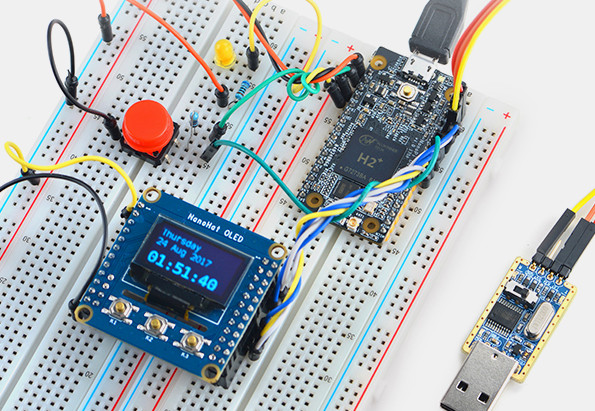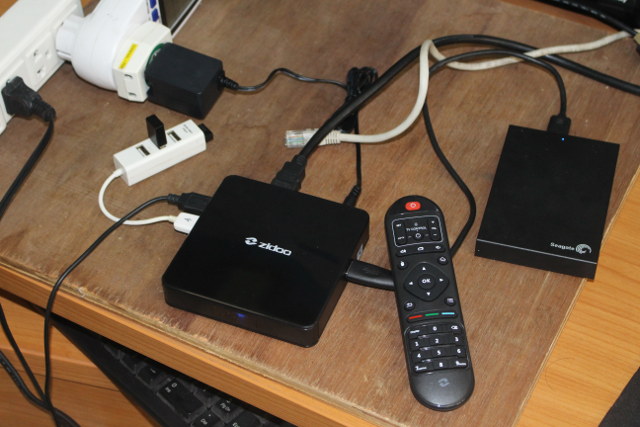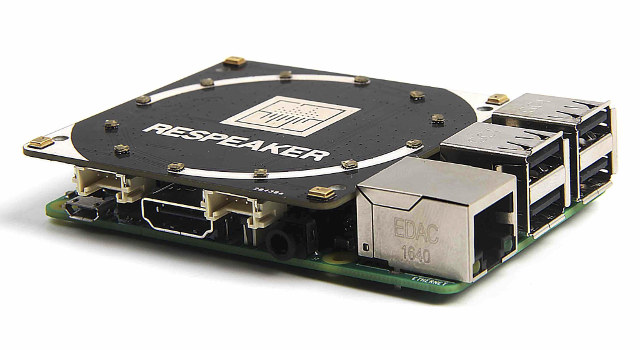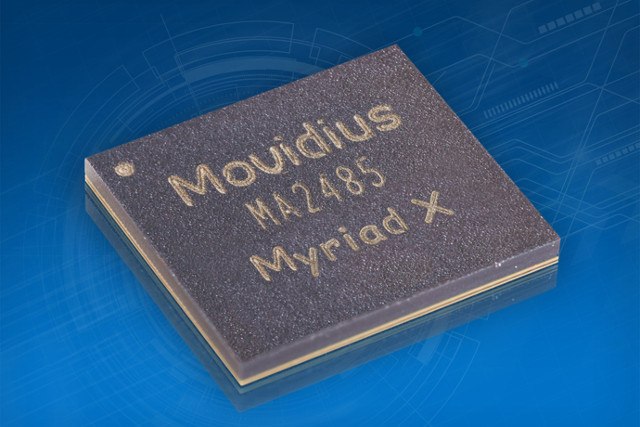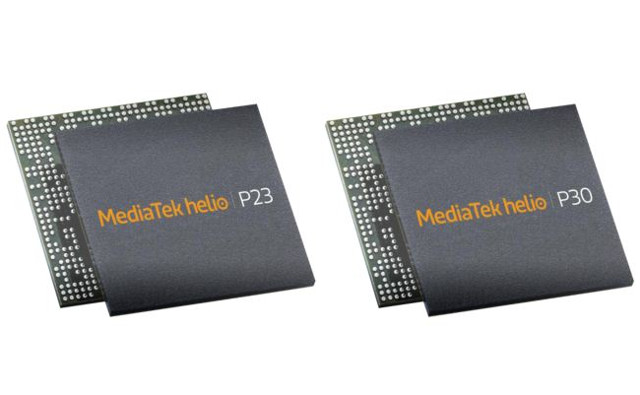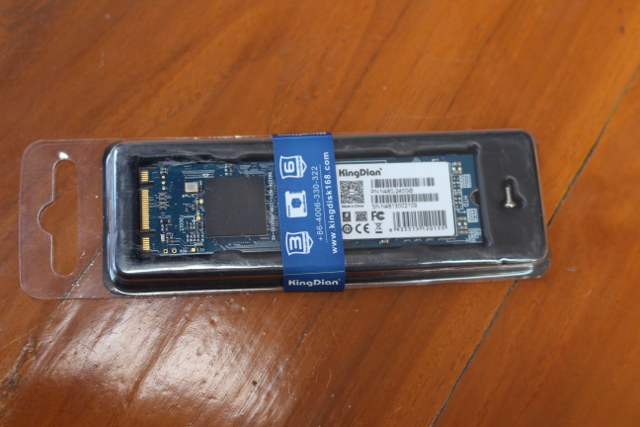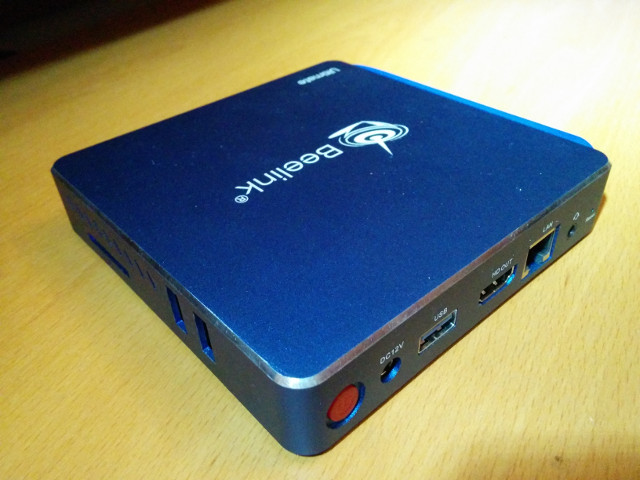It’s very easy to find breadboard compatible boards in the market with products based on Espressif chips such as NodeMCU or ESP32 boards, as well as OpenWrt board like Onion Omega2, or LinktIt 7688. However, it’s much more difficult to find powerful quad core boards in this form factor, but that’s exactly what FriendlyELEC has done with their NanoPi Duo board featuring an Allwinner H2+ quad core processor in a form factor slightly smaller than a Raspberry Pi Zero. NanoPi Duo specifications: SoC – Allwinner H2+ quad core Cortex A7 processor @ 1.2 GHz with Mali-400MP2 GPU @ 600 MHz System Memory – 256 or 512 MB DDR3-1866 SDRAM Storage – micro SD card slot, footprint for SPI flash Connectivity – 802.11 b/g/n WiFi (Allwinner XR819 module) with chip antenna, and u.FL/IPEX connector for external antenna USB – 1x micro USB OTG port Expansion headers – 2x 16-pin breadboard compatible […]
Zidoo X7 Review – Part 2: Android 7.1 Firmware, ZDMC, WiFi, and More
Zidoo X7 is an Android TV box powered by Rockchip RK3328 processor similar to Bqeel MVR9 with 2GB RAM, but instead of provide Gigabit Ethernet, and 802.11 b/g/n WiFi, it comes with Fast Ethernet, and 802.11 b/g/n/ac WiFi, so is better suited to people using WiFi instead of Ethernet for media streaming. You’ll find plenty of photos in the first part of the review entitled “Zidoo X7 TV Box Review – Part 1: Unboxing & Teardown“, and I’ll report my experience with Android 7.1.2 firmware in this second part. First Boot, Setup, and First Impressions I connected two RF dongles for MINIX NEO A2 Lite air mouse and Tronsmart Mars G01 gamepad via a USB hub, a USB keyboard to take screenshot, and a Seagate USB 3.0 hard drive to the single USB 3.0 port on the box. I perform tests with Ethernet in most reviews, but with Zidoo X7, […]
ReSpeaker 4-Mic Array is $25 Quad Microphone Add-on Board for Raspberry Pi
Last year, Seeed Studio launched ReSpeaker WiFi Audio / IoT board based on Mediatek MT7688, as well as an optional microphone array board with 7 microphones and 12 LEDs. Later on, they introduced a $10 2-mic array board for Raspberry Pi Zero (W), and today the company has started to take orders for ReSpeaker 4-Mic Array for Raspberry Pi board for $24.50 plus shipping. Respeaker 4-Mic Array board specifications: Audio X-Powers AC108 quad-channel ADC with I2S/TDM output transition 4 Microphones Expansion 2x Grove interfaces (1x I2C, 1x GPIO port using pins 12 & 13) 40-pin Raspberry Pi compatible header Misc – 12 LEDs (APA102) connected over SPI, GPIO5 enables power Dimensions – 65mm x 65mm x 9mm Weight – ~20 grams The board will give Raspberry Pi board the ability to do Voice Activity Detection (VAD) aka “hot word” detection, estimate Direction of Arrival (DoA) and show the direction via the LED ring, just like Amazon Echo or Google Home. I’m using an Orange Pi Zero board with a single microphone with Google Assistant and while it works fine most of the […]
Intel Introduces Movidius Myriad X Vision Processing Unit with Dedicated Neural Compute Engine
Intel has just announced the third generation of Movidius Video Processing Units (VPU) with Myriad X VPU, which the company claims is the world’s first SoC shipping with a dedicated Neural Compute Engine for accelerating deep learning inferences at the edge, and giving devices the ability to see, understand and react to their environments in real time. Movidius Myraid X VPU key features: Neural Compute Engine – Dedicated on-chip accelerator for deep neural networks delivering over 1 trillion operations per second of DNN inferencing performance (based on peak floating-point computational throughput). 16x programmable 128-bit VLIW Vector Processors (SHAVE cores) optimized for computer vision workloads. 16x configurable MIPI Lanes – Connect up to 8 HD resolution RGB cameras for up to 700 million pixels per second of image signal processing throughput. 20x vision hardware accelerators to perform tasks such as optical flow and stereo depth. On-chip Memory – 2.5 MB homogeneous […]
MediaTek Helio P23 & P30 Processors Unveiled for “Premium” Mid Range Smartphones
MediaTek has introduced two more octa-core Cortex A53 processors with respectively Helio P23 for worldwide markets, and Helio P30 for China. Both processors build upon Helio P20/P25 design, but are upgraded with a faster Mali G71MP2 GPU, LTE Cat 7/13 modem, and in the case of Helio P30 the ability to record 4K videos with H.265 codec, instead of just H.264, and a new “vision processing unit”. Mediatek Helio P23 & P30 specifications: CPU – 8 core big.LITTLE processor with 4x ARM Cortex A53 @ 2.3 GHz, 4x ARM Cortex A53 @ 1.65 GHz GPU – ARM Mali-G71MP2 GPU clocked @ 770 MHz (P23) or 950 MHz (P30) Memory I/F – 2 x 16-bit @ 1600 MHz LPDDR4X, P23 only: 1 x 32-bit @ 933 MHz LPDDR3 Storage I/F – No info Display – Up to 2160 x 1080 resolution Video Encoder – P23: 2160p30 H.264; P30: 2160p30 H.264 & HEVC […]
Testing KingDian N480 240 GB M.2 SSD in MeLE PCG03 Apo Mini PC
MeLE PCG03 Apo Apollo Lake mini PC supports M.2 80mm SSD’s, but at the time of the review I did not have such accessories, so I only tested the computer with its 32GB eMMC flash and external USB drives. I’ve now received Kingdian N480 240GB SSD courtesy of GearBest, so I’ll install it in the mini PC, test it in Windows 10, and install Ubuntu 16.04. KingDian N420 M.2 SSD Hardware Installation I’ve received a big carton box for the SSD, but finally the retail package is minimal. You’ll find the SSD and a screws in the package. You’ll note the device supports both M.2 Key B and Key M sockets. I’ve already explained how to open MeLE PCG03 Apo, basically loosen 6 screws, and then I just had to insert the SSD with the right orientation (check the 4 / 5 pins on each side), and use the screw […]
Beelink AP34 Ultimate Fanless mini PC Review with Windows 10 and Ubuntu
The AP34 Ultimate combines the passive cooling of an Apollo Lake N3450 SoC with 8GB of RAM and 64GB of storage in a small box form-factor mini PC. Together with the device comes a pair of HDMI cables, a power adapter, VESA mount with screws, and a couple of leaflets covering basic information. Not only does this device have three USB 3.0 ports, full size SD card, Gigabit Ethernet, headphone jack and HDMI port, it also has a (vacant) M.2 slot allowing additional storage with the full specification being: although there was no included remote control. The device comes pre-loaded with activated Windows 10 Home 64-bit and plenty of available free space at (initially before updates) just over 43GB. The Windows performance is unremarkable and the reason for this is obvious looking at the basic benchmarks. The reason being that the eMMC is slow which is disappointing for an ‘ultimate’ […]
Purism Librem 5 Open Source Linux Smartphone Focuses on Privacy (Crowdfunding)
Purism is computer manufacturer founded in 2014 whose mission is to “provide the highest quality hardware available, ensuring the rights of security, privacy, and freedom for all users”, and so far, they’ve delivered several Intel Core i5/i7 laptops running their PureOS Linux distribution based on Debian with an emphasis on privacy protection. The company has now launched a crowdfunding campaign on their own website to develop and manufacture Librem 5 Linux smartphone with the same philosophy. The phone will use open source software even for the GPU, so the company currently selected i.MX6 for the project since they can use etnaviv open source driver for the Vivante GPU, but they hope to switch to the more powerful i.MX8 processor for the final design, which explains why the hardware specifications are not set in stones yet: SoC- NXP i.MX6/i.MX8 CPU with Vivante GPU System Memory – 3GB LPDDR3 Storage – 32GB […]


